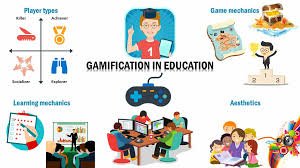The Power of Gamification in Education: How Game-Based Learning Transforms Student Success
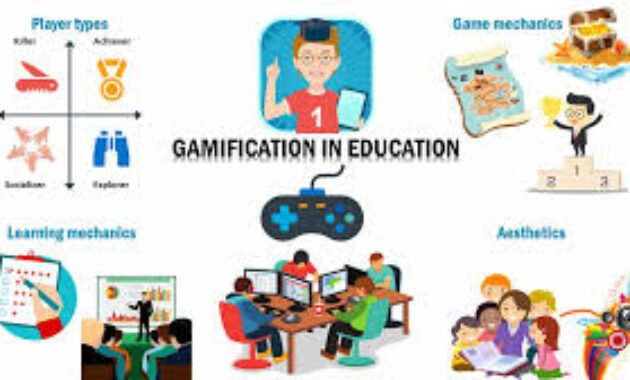
Introduction
Imagine a classroom where students are excited to learn, eagerly participating in lessons, and retaining information effortlessly. This isn’t a distant dream—it’s the real-world impact of gamification in education.
Gamification integrates game mechanics—like points, levels, challenges, and rewards—into learning environments to boost engagement, motivation, and knowledge retention. Studies show that gamified learning can increase student performance by up to 90% compared to traditional methods.
But how exactly does gamification work? What are its key and how can educators implement it effectively? In this comprehensive guide, we’ll explore:
✅ What gamification is and why it works
✅ Proven benefits for students and teachers
✅ Step-by-step implementation strategies
✅ Best tools and platforms for gamified learning
✅ Potential challenges and how to overcome them
By the end, you’ll understand why gamification isn’t just a trend—it’s a revolution in education.
What is Gamification in Education?
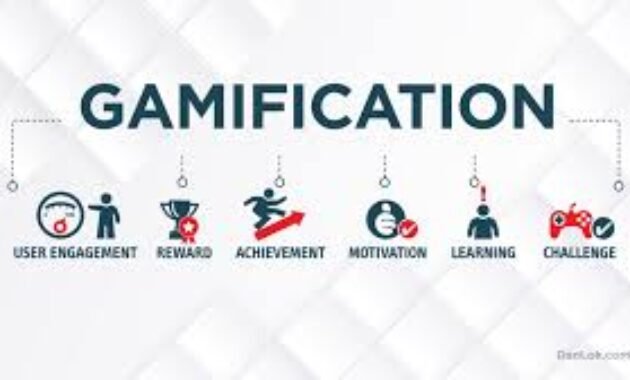
Gamification is the application of game-design elements in non-game contexts to make learning more interactive and enjoyable. Unlike pure educational games (like Minecraft: Education Edition), gamification enhances existing lessons with:
- Points & Scoring Systems – Track progress and reward effort
- Badges & Achievements – Recognize milestones
- Leaderboards – Foster friendly competition
- Quests & Challenges – Encourage problem-solving
- Instant Feedback – Helps students correct mistakes immediately
Why Does Gamification Work?
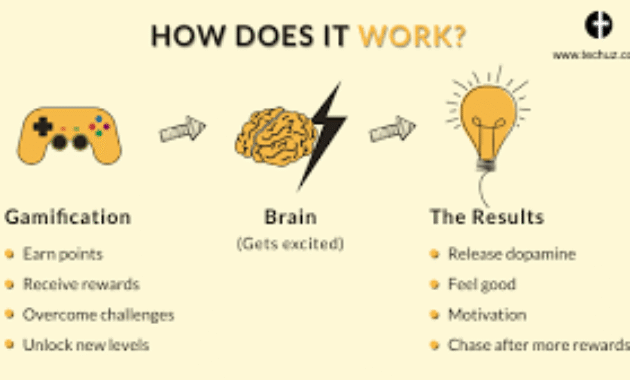
The human brain is wired to enjoy games. Here’s why gamification is so effective:
🔹 Dopamine-Driven Learning – Rewards trigger dopamine release, making learning addictively fun.
🔹 Engaged Involvement – Students gain knowledge through hands-on experiences rather than passive listening.
🔹 Safe Failure Environment – Mistakes become part of the learning process, reducing fear of failure.
5 Key Benefits of Gamification in Education
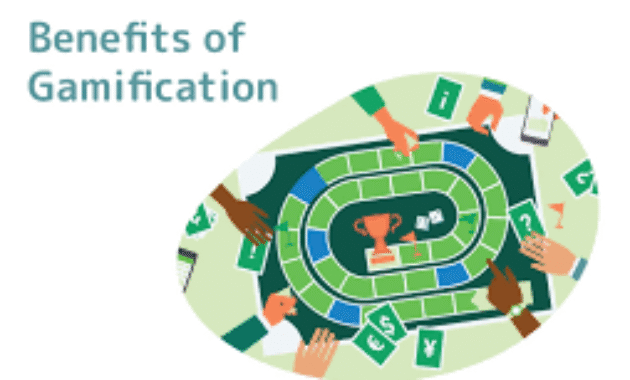
1. Dramatically Increases Engagement
Traditional lectures often lead to disengagement. Gamification changes that by:
✔ Turning lessons into interactive challenges
✔ Using storytelling (e.g., “Complete this quest to unlock the next level”)
✔ Encouraging healthy competition through leaderboards
Example: A study by the University of Colorado found that gamified courses had 14% higher student engagement.
2. Enhances Knowledge Retention
Passive learning leads to rapid forgetting. Gamification improves retention by:
✔ Using spaced repetition (reinforcing concepts over time)
✔ Incorporating visual and kinesthetic learning
✔ Providing instant feedback to correct misunderstandings
Example: Medical students using gamified anatomy apps retained 40% more information than those using textbooks alone.
3. Encourages Collaboration & Social Learning
Many gamified platforms include:
✔ Team-based challenges (e.g., group quests in Classcraft)
✔ Peer-to-peer learning (students help each other earn rewards)
✔ Community leaderboards (promoting collective goals)
4. Provides Personalized Learning Experiences
Every student learns differently. Gamification allows:
✔ Self-paced progression (students advance when ready)
✔ Adaptive difficulty (challenges adjust based on performance)
✔ Multiple learning paths (visual, auditory, or hands-on options)
Example: Duolingo tailors language lessons based on user performance, keeping learners consistently challenged.
5. Reduces Stress & Increases Motivation
Many students fear tests and grades. Gamification replaces anxiety with:
✔ Rewards for effort (not just perfection)
✔ Fun challenges instead of high-pressure exams
✔ A growth mindset (failure = opportunity to try again)
How to Implement Gamification in Your Classroom
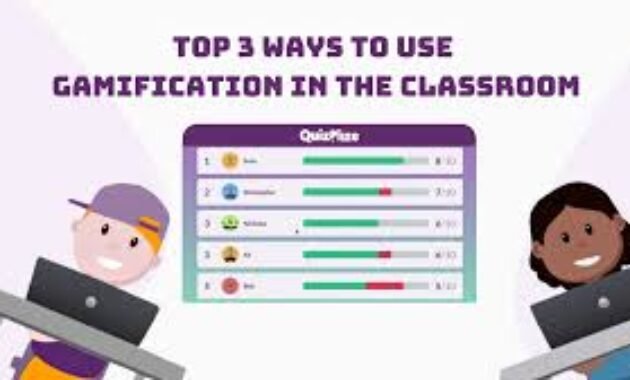
Step 1: Define Clear Learning Objectives
Before adding game elements, ask:
- What skills or knowledge should students gain?
- How will gamification enhance (not distract from) learning?
Step 2: Choose the Right Game Mechanics
| Goal | Game Element | Example |
|---|---|---|
| Encourage participation | Points & Badges | Kahoot! quizzes earn stars |
| Foster teamwork | Collaborative quests | Classcraft team challenges |
| Track progress | Progress bars & Levels | Duolingo’s fluency meter |
Step 3: Select the Best Gamification Tools
Here are some top platforms:
- Kahoot! – Interactive quizzes with live leaderboards
- Classcraft – RPG-style classroom management
- Quizizz – Self-paced learning with memes & rewards
- Minecraft: Education Edition – STEM learning through gameplay
Step 4: Monitor & Adapt
- Collect student feedback
- Adjust difficulty if students are bored or frustrated
- Keep content fresh with new challenges
Who Benefits Most from Gamification?
✔ Elementary Students – Makes foundational learning fun
✔ High School & College Students – Helps with complex subjects
✔ Corporate Trainees – Improves engagement in professional development
✔ Special Needs Education – Provides customizable, stress-free learning
Potential Challenges & Solutions
❌ Over-Reliance on Rewards → Balance extrinsic & intrinsic motivation
❌ Tech Limitations → Use low-tech options (e.g., physical badges, classroom point systems)
❌ Not All Subjects Fit → Start with quiz-based or story-driven topics
Final Thoughts: The Future of Learning is Playful
Gamification isn’t about replacing teachers with games—it’s about enhancing education with proven engagement strategies. From improved retention to reduced stress, the benefits are undeniable.
Ready to Gamify Your Teaching?
Start small:
- Try a Kahoot! quiz in your next lesson.
- Introduce a badge system for completed assignments.
- Track progress with a visual leaderboard.
The result? A classroom where students can’t wait to learn.
Key Takeaways
- Gamification boosts engagement, retention, and motivation
- Points, badges, and leaderboards make learning interactive
- Best for K-12, higher ed, and corporate training
- Start with simple tools like Kahoot! or Classcraft
By embracing gamification, educators can transform learning from a chore into an adventure. Will you join the revolution?

